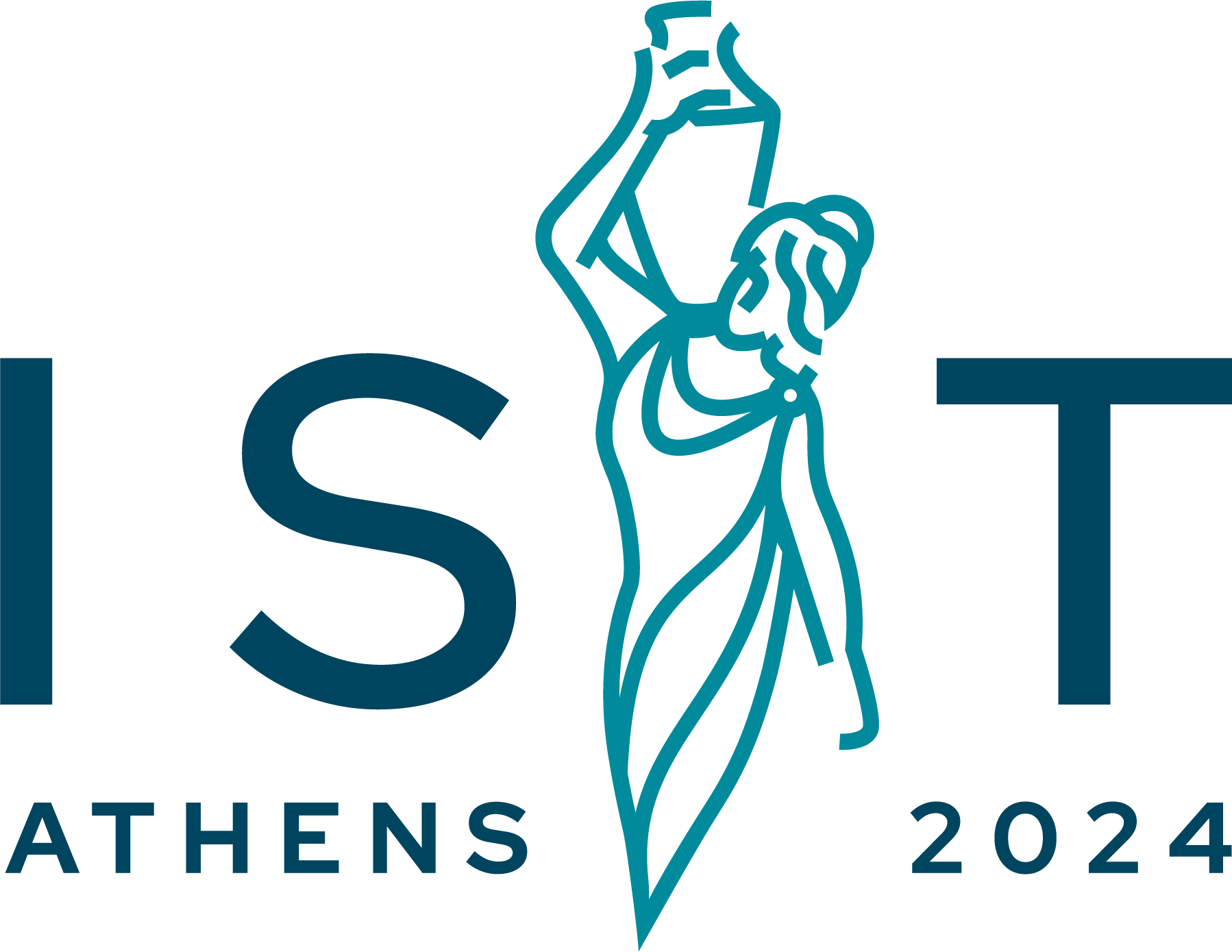"Agora" in Greek literally means "a place of gathering" and the Agora of Athens was the heart of Athenian life in ancient times.
The Agora was the physical place where every Athenian citizen gathered to conduct their business, participate in their city's governance, decide judicial matters, express their opinion for all who cared to listen, and elect their city officials. For every free Athenian citizen, participating in such "common" activities was not merely a duty, but a privilege and an honor.
Walking through the Athens Agora, past the ‘Hermes Crossroads’ and the ‘Painted Stoa’ to the Stoa of Attalos, you will end up in the “Heliaea” – the Court of Jurors. The “Heliaea” played a leading role in the bestowal of justice and together with the Areios Pagos (the High Court which dealt with felonies) made up the legislative and judicial power of the times. Equally important were the ‘Voulefteria’ (councils), libraries, arenas and prytanea.
You will also see the ruins of the temple to the goddess of crops, Dimitra, as well as a statue of Mounted Poseidon, while statues of eminent men and women adorn either side of the roads within the ancient agora. The “Mitroon” (“mitroon” means registry in Greek), shrine to Rhea, the mother of gods, was where the most important documents of the town including Greek papyri, the ancient tragedies of Aeschylus and Eurypides, the votes of the Vouli (Council) and the town seal were kept.
Further on, are the ruins of temples to the gods Dionysus and Apollo. The ruins of altars and statues are also found there, such as those in honor of Zeus Eleutherios, the twelve gods, Aphrodite Urania, Ares, Apollo Patroos and many others of unparalleled beauty. A special place was given to monuments of the heroes Lycurgus and Amphiaraus, the Three Graces, Eumenides and many others. ‘The stoa of Hermes’ and ‘stoa of the Giants’ stand out, as well as the famous ‘Painted Stoa’ which was once a true hotbed of Philosophy.
The most visible monument in the Athens Agora is the Temple of Hephaestus (sometimes called the Thesion because of its friezes showing the exploits of Theseus) which still adorns a low hill in the Northwest end of the Agora. The temple's construction began in 450 BC and it is still preserved in remarkable shape to this day. In many ways the Thesion resembles the Parthenon with its Doric form, though it was built on a much smaller scale.
The Stoa of Attalos which dominates the East end of the site was designed as a retail complex and was erected in the 2nd century BC by Attalos, a king of Pergamum. The reconstruction in 1953-56 used Pendelic marble and creamy limestone from the original structure. The colonnade, designed for promenades, is protected from the blistering sun and cooled by breezes. It frames the Agora on its East end and separates it from the Roman Agora, and the rest of Athens. It is now a museum worth visiting for its exhibition of a variety of statues and common artifacts from the Agora excavations.
The Christian temple of the Apostles is well preserved in the Southeast corner of the Ancient Agora and houses several wall frescos.

Texts and images sources: https://www.wikipedia.org/, https://www.visitgreece.gr/


